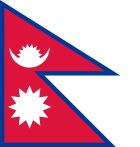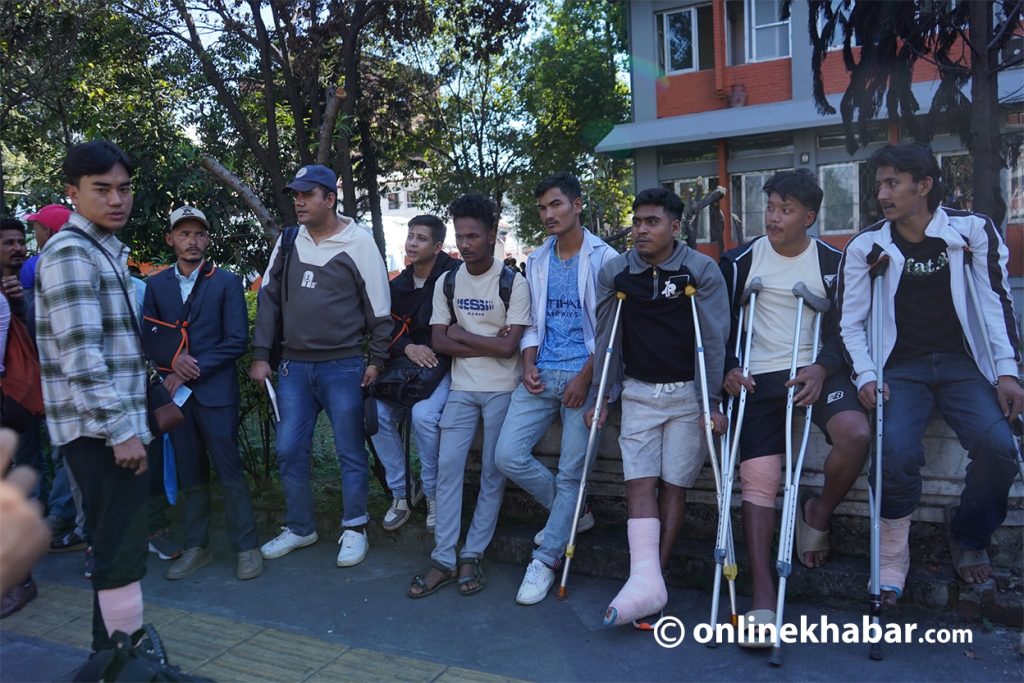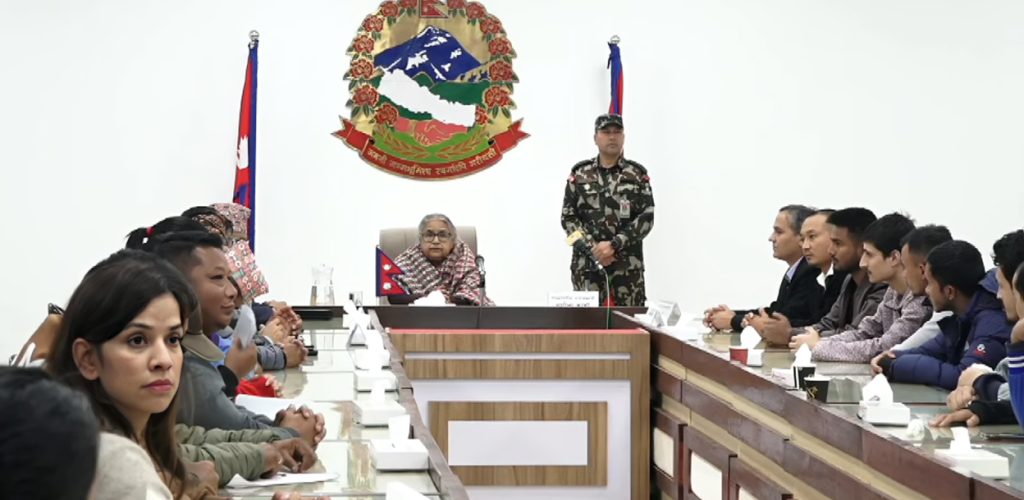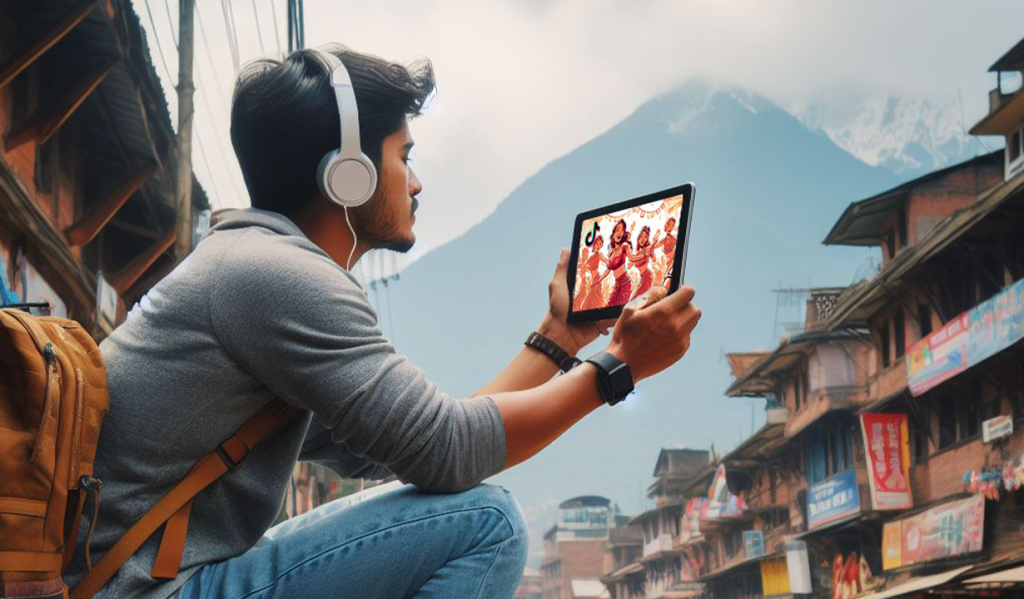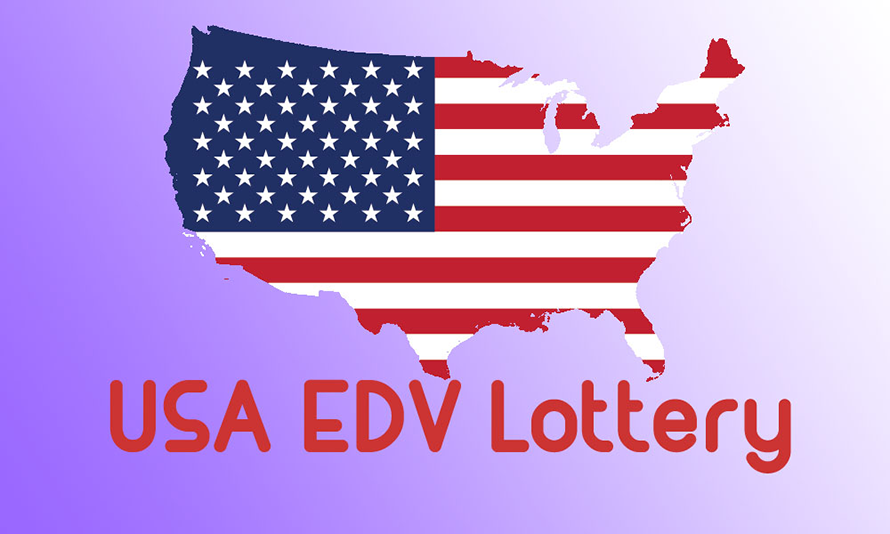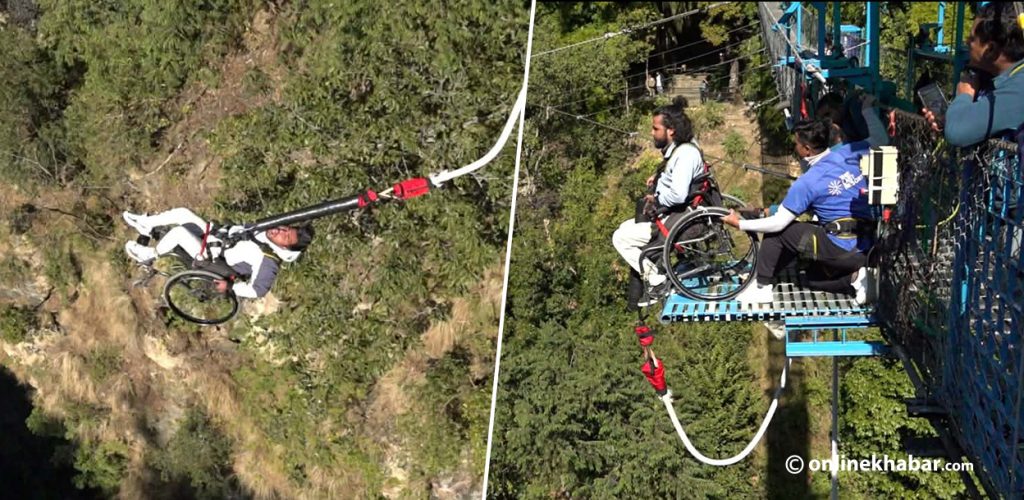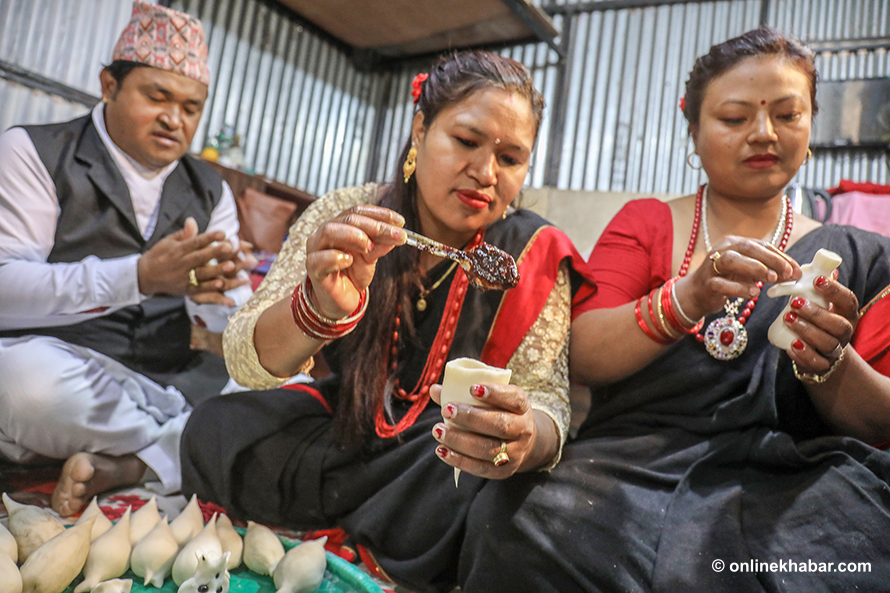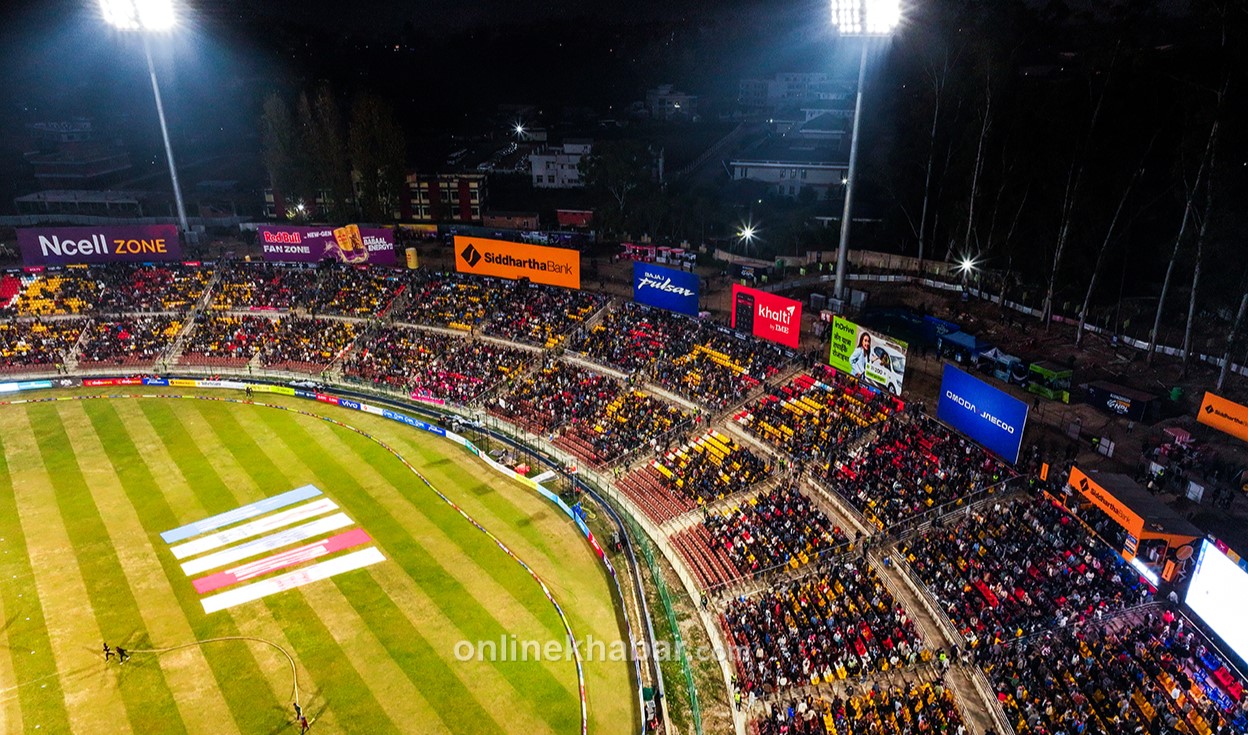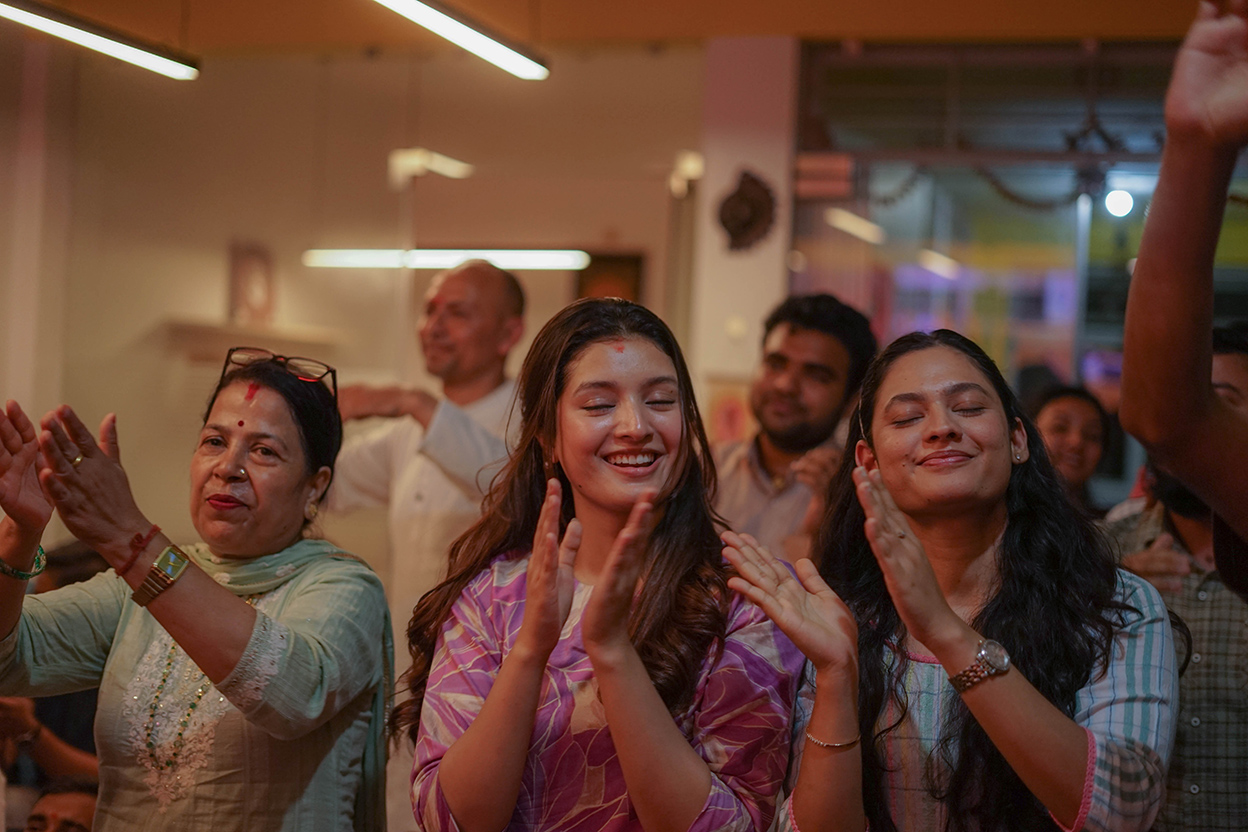
The roles of student unions and leaders have long been questioned, and after the Gen Z movement, their credibility has come under even greater scrutiny. They have faced criticism for prioritizing party interests over addressing corruption and mismanagement. Their silence regarding the students who lost their lives during the Gen Z Protest on September 8 has drawn widespread disapproval.
While voices demanding justice for the martyred students have emerged globally, the student wings of major political parties have remained largely silent, their response limited to statements of grief.
Of the leaders, for the leaders, by the leaders
Student unions are expected to fight for students’ rights and address their concerns; however, they have largely failed to fulfill this responsibility. Social media accounts of student leaders from major parties suggest a greater focus on defending their leaders and engaging in blame games over the violence on September 9 rather than seeking justice or accountability.
On October 7, the All Nepal National Free Student Union (ANNFSU), the student wing of CPN UML, filed a complaint against Kathmandu Metropolitan City Mayor Balen Shah and Sudan Gurung, one of the leaders of the Gen Z protest. The complaint accused them of vandalism, arson, and the killing of a police officer. The complaint against Shah and Gurung came shortly after Gen Z youths demanded the arrest of KP Sharma Oli and Ramesh Lekhak, with the hashtag #arrestkpoli trending widely on social media.
After filing the complaint, ANNFSU faced criticism. Former MP Sumana Shrestha expressed frustration on social media, calling the student organization biased and puppets of party leaders.
“They shot a student in uniform, and the student organization did not care,” Shrestha wrote on Facebook. “But the moment a complaint was filed against the party head who gave the order to open fire, action was taken immediately. Party-affiliated sister organizations, student groups, administrative unions, and teachers’ bodies must be abolished!”
Other netizens also criticized ANNFSU. Yatish, a law student, wrote on social media about how ANNFSU remained indifferent to the deaths and brutality suffered by students during the September 8 protest.
“Shreyam Chaulagai, 19: The KP Oli government shot and killed him in his college uniform. For whom are Samik Badal (former President of ANNFSU, also the one who was involved to file a complaint against Shah and Gurung) and others doing politics? Who stands with today’s youth and students, and who stands with the brutal, authoritarian dictator? This will be remembered!” Yatish wrote.
Missed redemption opportunity
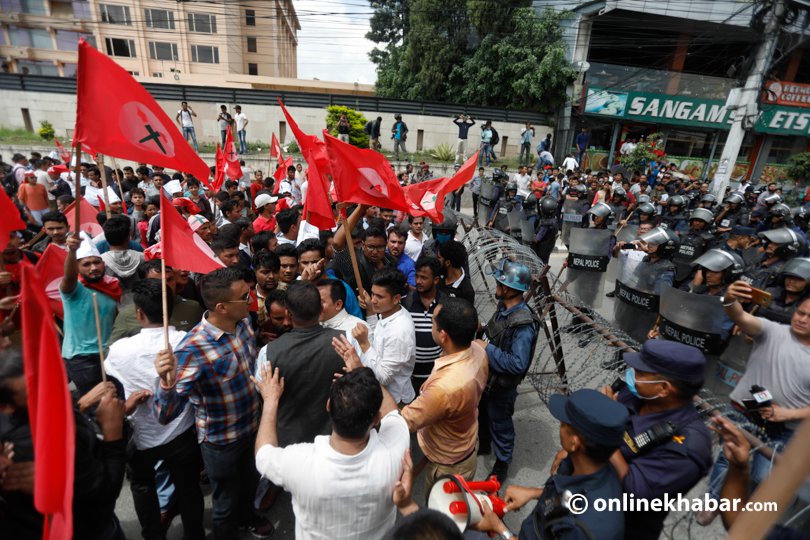
It is not only ANNFSU; student organizations affiliated with other political parties have also failed to show solidarity with the students who died or were injured on September 8.
Educationist Bidya Nath Koirala said these student leaders, by defending their political leaders even at such a time, have proven they do not care about students’ rights.
“These student leaders have proved that they are not students in real life but puppets of political parties,” Koirala says. He added that these leaders, infamous for vandalizing property and disrupting university life, had an opportunity to change their image after the Gen Z protest but failed to do so.
“After the Gen Z protest, they could have stood with the students who lost their lives or were injured, and warned their leaders to change and work for the country’s betterment. Instead, they defended their leaders’ wrongdoings,” he adds.
Political defense backfires
However, ANNFSU leaders deny that they are merely defending their party leaders. Deepak Dhami, General Secretary of ANNFSU, said they have taken several steps to support those affected during the Gen Z protest.
“We issued a formal statement against the brutality, helped with blood donations for the injured, and organized a condolence program,” Dhami says. “We are not defending our leaders; we are asking for a fair investigation. Without a fair investigation, no one should be deemed a culprit. We are still in contact with the injured and ready to help them as much as possible.”
Suraj Sejuwal, spokesperson of the Nepal Student Union (NSU), the student wing of Nepali Congress, acknowledged that student unions have not fully met their responsibilities.
“We have done some things, but it is not enough,” Sejuwal says. “We have not yet been able to correct our leaders or create positive changes within our party.”
NSU issued a release on the day of the protest, demanding the resignation of the then government, and also declared September 8 as Gen Z Day.
“We also urged the government to conduct a fair investigation, announce martyrs for those who died, and provide free medical checkups for the injured,” Sejuwal says. “On behalf of the student union, that is what we could do. We also wanted to help families financially, but we are not in a position to do so.”
Sejuwal said the sudden backlash against student unions was triggered by ANNFSU filing complaints against Balen Shah and Sudan Gurung, which appeared as a move to defend party leaders and retaliate against the Gen Z protest.
“Instead of handling things tactfully, they provoked people, resulting in hatred toward the student union,” Sejuwal said.
Unions stand questioned
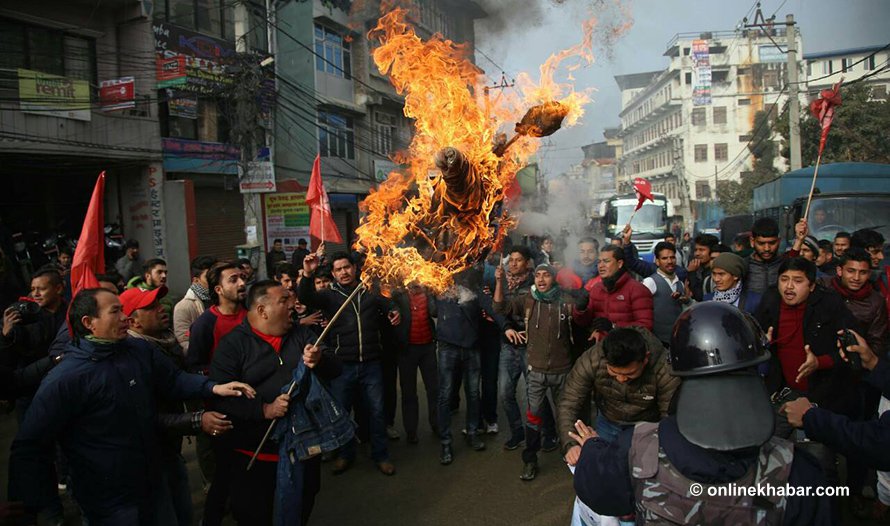
Keshav Phago Limbu, 24, a law student injured during the protest, says that the student leaders have always served political parties rather than fight for students’ rights.
“If these student unions were truly formed to protect students’ rights, they would have shown solidarity with the Gen Z Protest, but they were busy defending party leaders,” Limbu says. “It was a time for them to unite, recognize their mistakes, and support the fight against corruption and mismanagement.”
While student union leaders claim they are in contact with injured students, Limbu said no one has reached out to him yet.
Political analysts say the unions’ lack of solidarity shows they are disconnected from public concerns.
“The issues raised by Gen Z protesters are the concern of the general public. Even if student leaders could not participate, they could have supported them constructively,” said political analyst Saugat Gautam. “Their actions show a disconnect with public issues.”
Gautam added that the student unions’ recent activities have strengthened public belief that these unions are ineffective and should be abolished.
Another demand of the Gen Z protest was political leadership reform. While second- and third-tier party members to some extent have advocated for change, student leaders have largely remained passive.
“The student unions have failed again. The question of whom they truly represent has become even bigger,” Gautam concludes.

